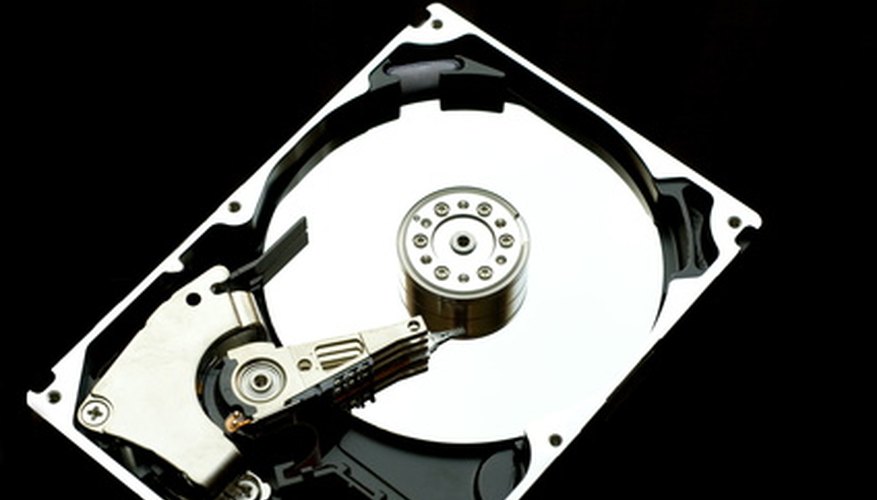Dual-port hard drives provide two separate data paths by which information can be transferred between the hard drive and other computer components. Single-port drives have only one data path.
Reliability
If the data path stops working in a single-port hard drive, the transfer of data is interrupted. This type of malfunction is known as a "single point of failure." Dual-port drives are not subject to this failure because if one path malfunctions, the other can still be used.
- Dual-port hard drives provide two separate data paths by which information can be transferred between the hard drive and other computer components.
- Dual-port drives are not subject to this failure because if one path malfunctions, the other can still be used.
Features
Dual-port drives allow users to implement "dynamic load balancing." This increases the hard drive's data transfer rate by dividing the total amount of data between multiple controllers. Single-port drives do not have this capability.
Modifications
SATA drives use single-port technology, while SAS drives use dual-port technology. However, according to the Serial Storage Wire Archive, it is possible to give SATA drives dual-port functionality by connecting them to devices known as an "interposer cards."
